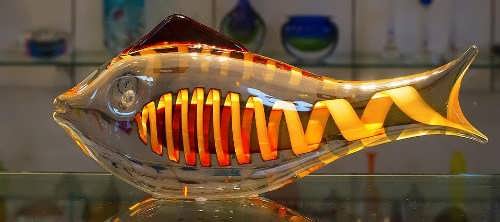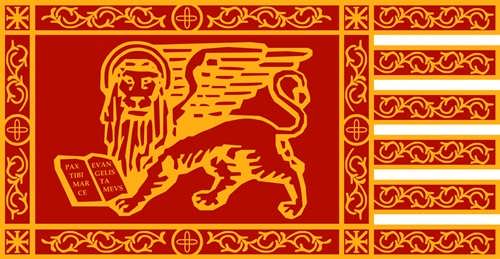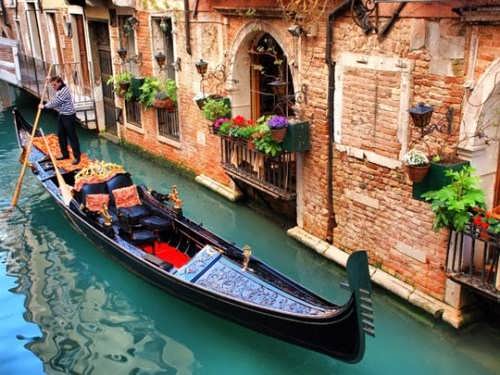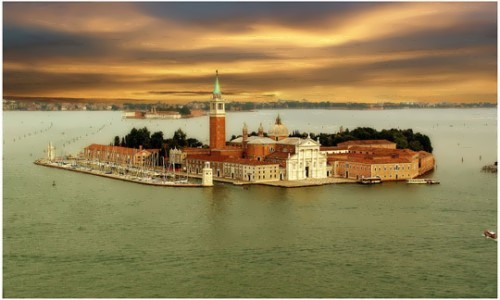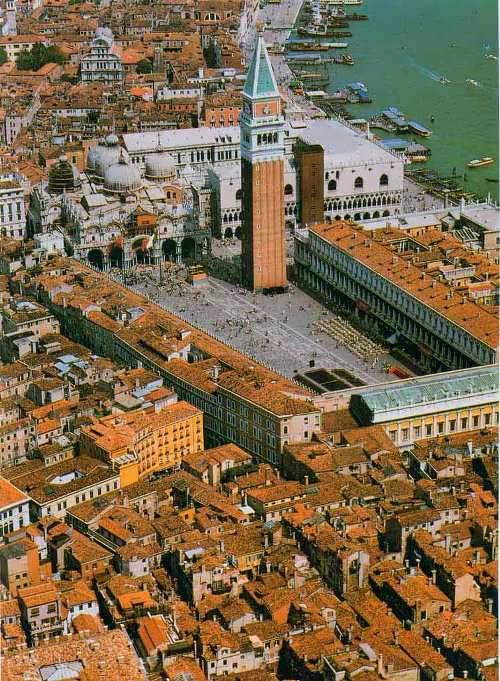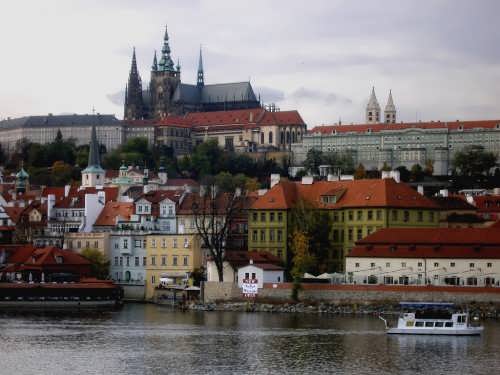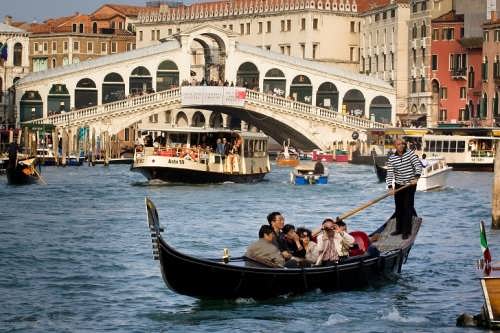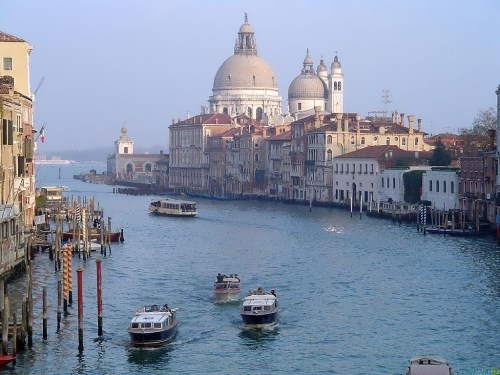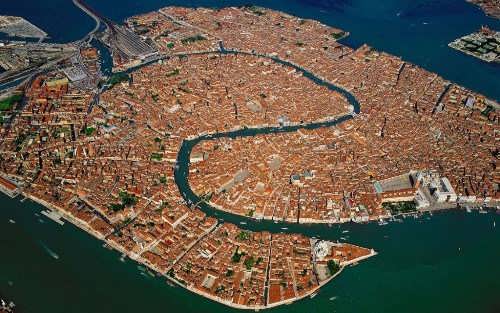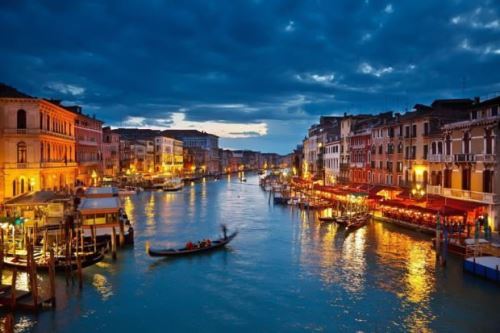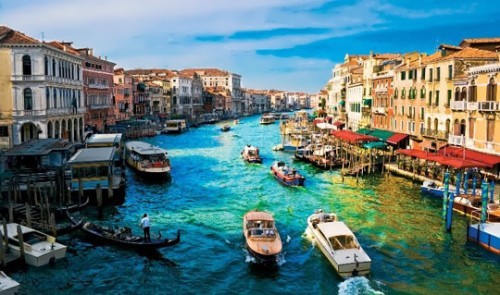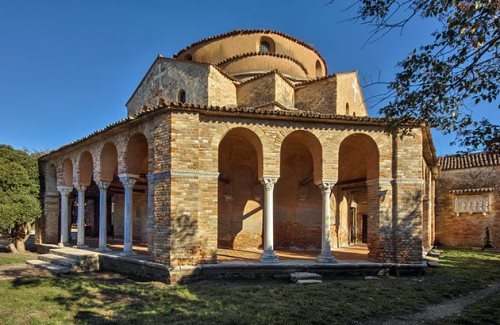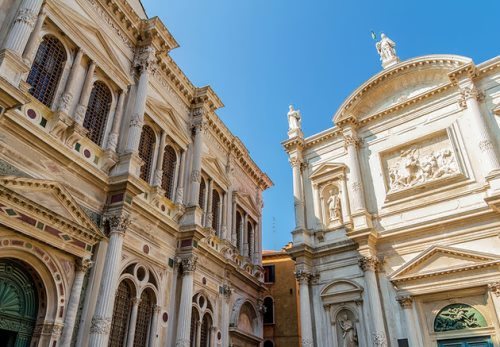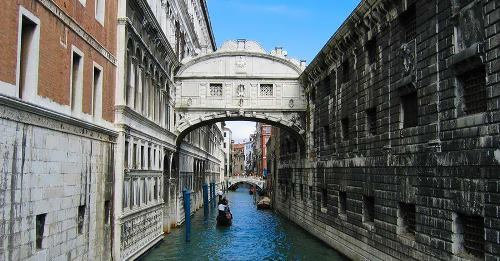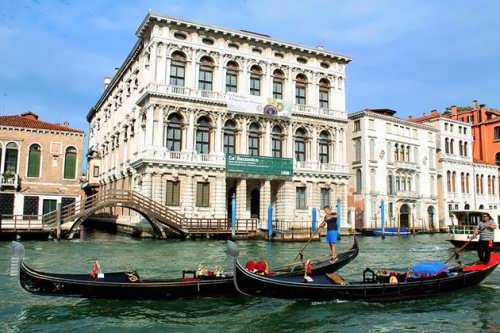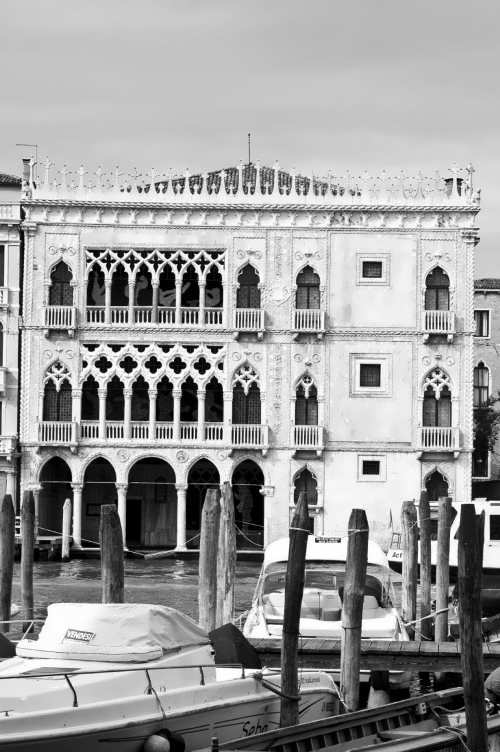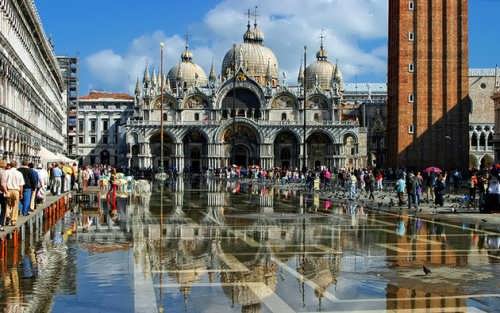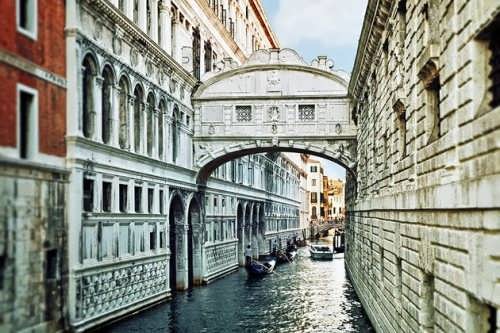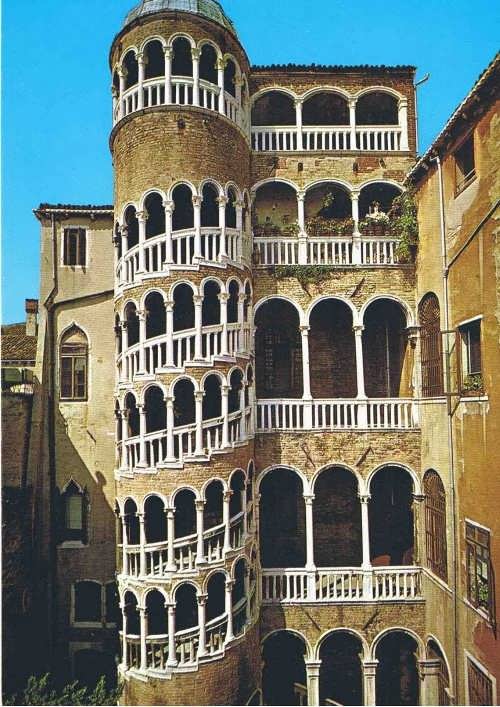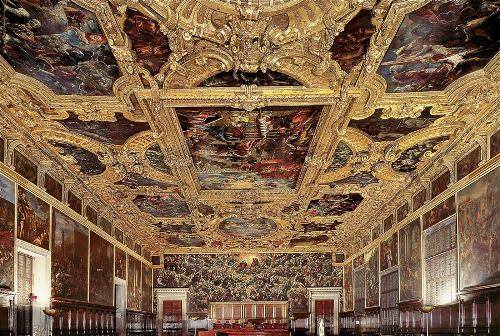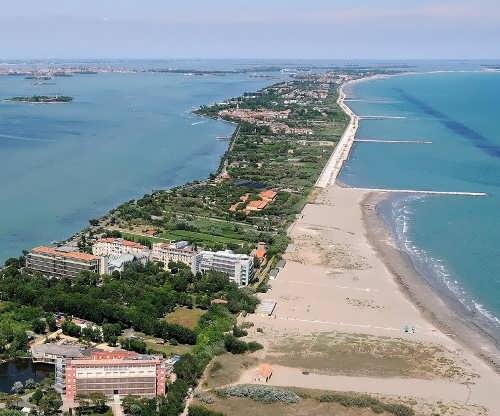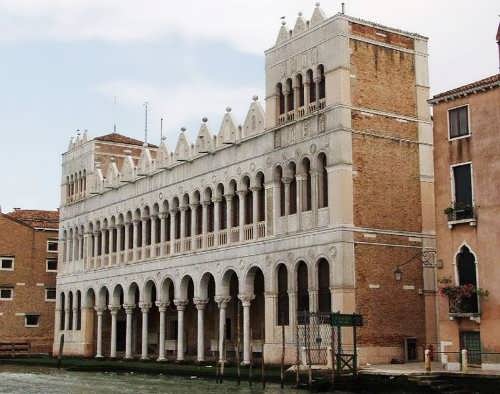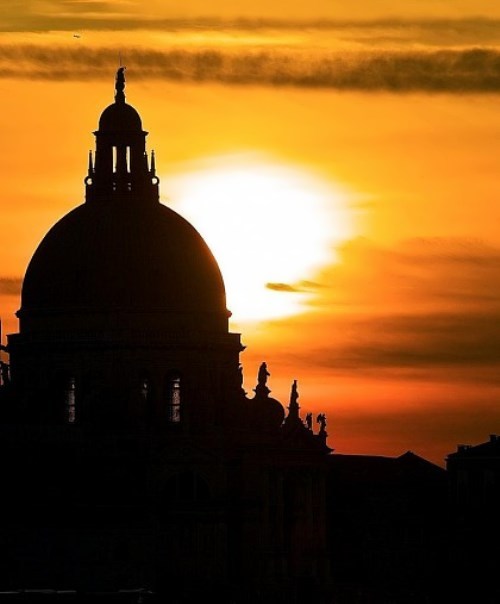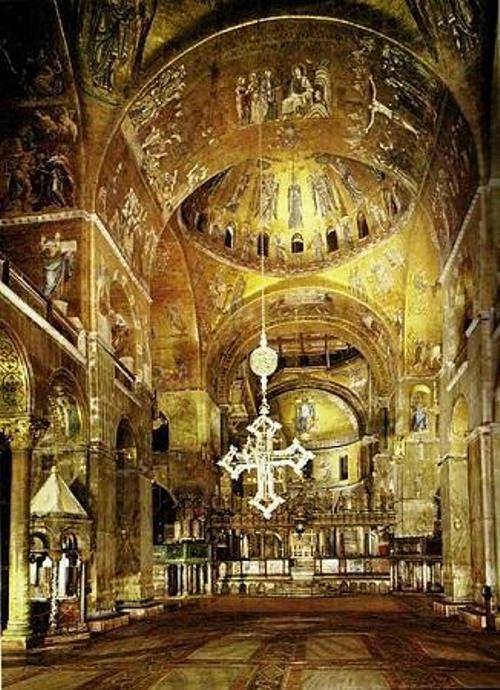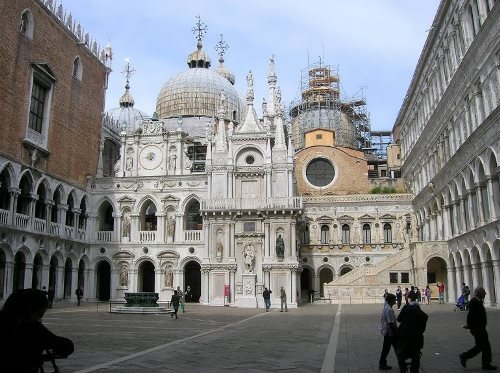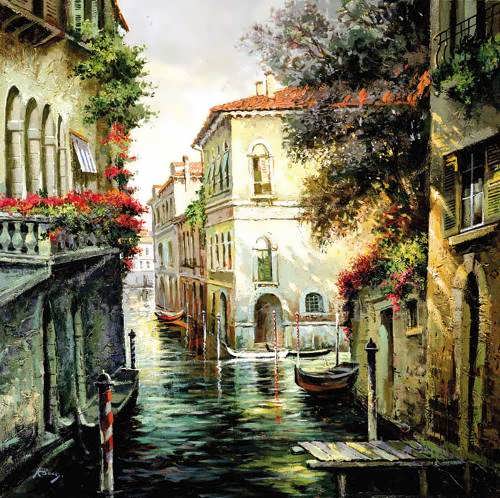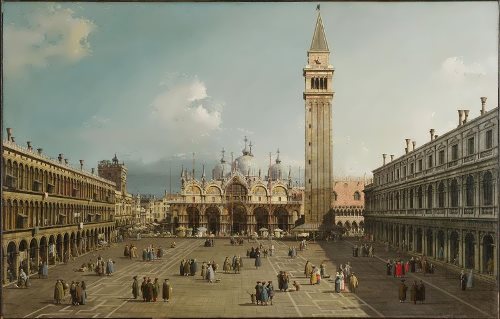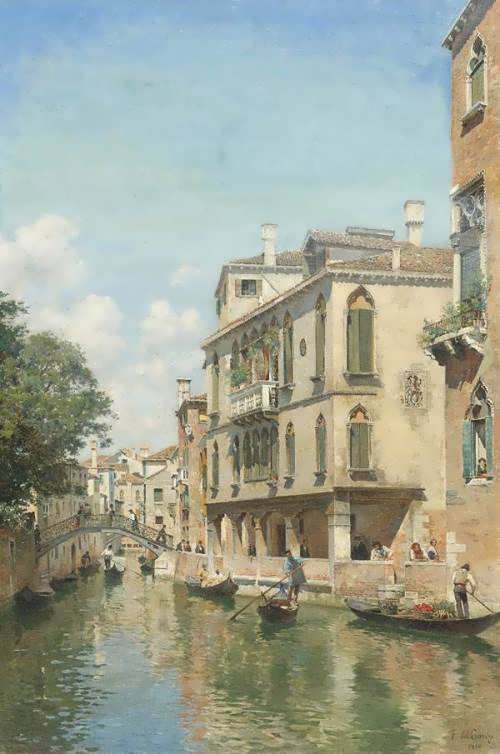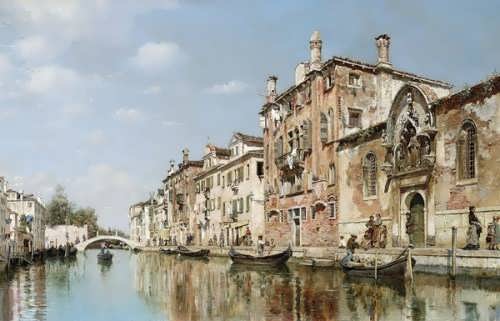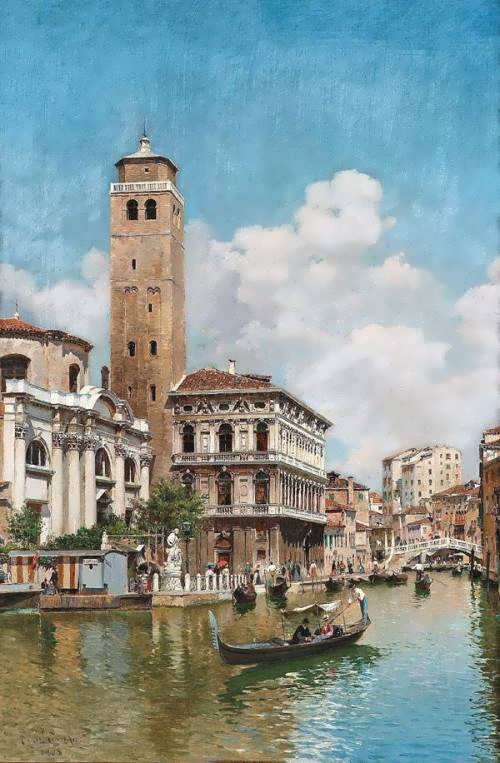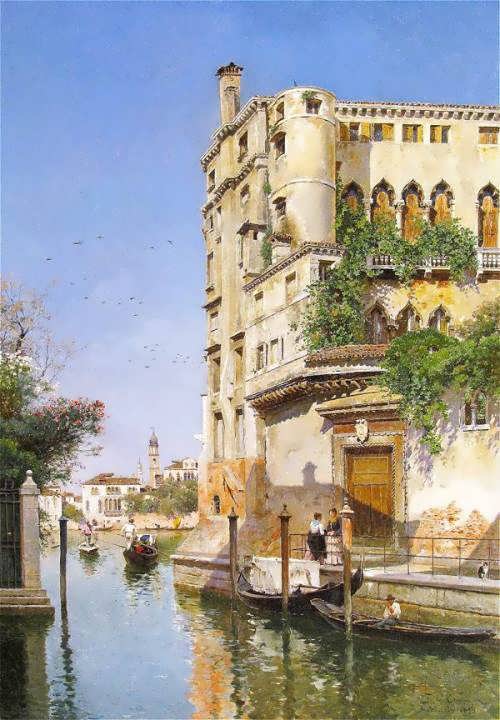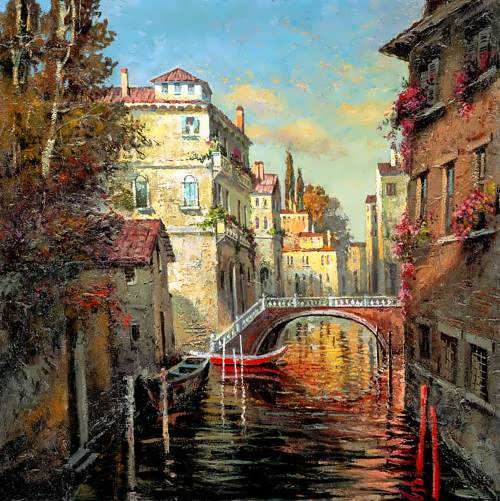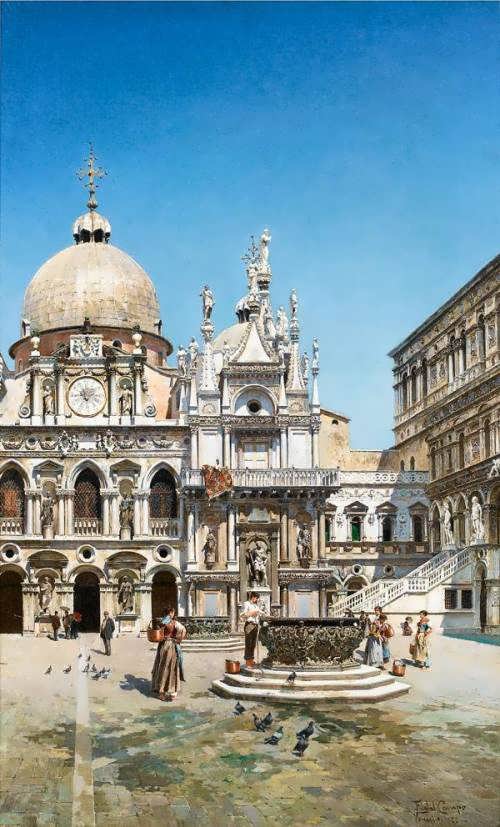Venice – pearl of the Adriatic
If not the Huns and Germanic tribes’ invasion of northern Italy in the V-VI centuries there wouldn’t be great Venice. The barbarians forced local residents to flee the islands of the Adriatic Sea lagoon and start a new life there. The patriarch took the church treasures and moved to the island. March 25, 421 is considered as the date of foundation of Venice. It had passed different stages in its development – was the Venetian Republic, the Republic of St. Mark. Today it is a unique architectural masterpiece, the world’s only city-museum on the water.
It was not easy to live on the islands. The sea gave the fish, that could be sold, but it was necessary to develop commercial sea lanes. People had to build houses, bridges, boats, ships. Soon, hardworking Venetians gained a reputation as active and rich people.
In X-XII centuries Venice became a merchant republic. In the XV century its wealth increased, the number of residents reached nearly 200 thousand people.
Doges who ruled Venice wanted to turn the island city into the “pearl of the Adriatic”. Seafarers received orders to bring rare construction materials: marble slabs, columns, statues, bas-reliefs. Wonderful temples, towers, and squares appeared. The tallest building in Venice was the bell tower in St. Mark’s Square (99 meters). It was built in the IX century. On July 14, 1902 the foundation of the tower suddenly dropped and the tower collapsed. It was erected in the same place and in the same form.
The great playwright William Shakespeare wrote the play The Merchant of Venice. Later, the German writer Thomas Mann created a tragic novel Death in Venice.
Only in 1866, Venice became part of the Italian kingdom.
The total area of Venice is 7 square kilometers. There are no trees, bushes, parks and gardens in the city. It has palaces and canals, gondolas and bridges: 409 bridges, 150 canals and 500 gondolas. In the XVIII century, there was a law that all gondolas had to have the same shape and the same size.
It is considered the heart of central San Marco district, with a square of the same name. This is the only spacious place. Ceremonies, folk festivals, parades, carnivals take place here. The square was designed in 1529 by Jacopo Sansovino.
In 1807 St Mark’s Cathedral became the city’s cathedral. Mark the Evangelist was recognized patron saint of Venice.
The Doge’s Palace is an example of Gothic-Venetian style. Best Italian architects began to build it in the XIV century. Today you can see it in its original form.
In 1987 Venice was included in the UNESCO World Heritage List.
Interesting facts
– Venice is the most expensive city in Italy.
– Venice is sinking into the sea – about 40 cm per thousand years.
– Once, Venice residents buried their city. Website venezia.com organized a funeral procession. Gondola with the coffin covered with the flag of Venice sailed the Grand Canal. It was because the city’s population has declined significantly: from 200 thousand to 60 thousand people.
– The famous gondoliers of Venice have official licenses. Their number is constant – 425, no more and no less.
– A winged lion with the Gospel book in his paws is the symbol of St. Mark, the spiritual patron of the city. If the book was closed – there was a war.
– Explorer Marco Polo, composer Vivaldi, and even J. Casanova were Venetians.
– Venetian masks are very popular. They were used in everyday life for different purposes: from romantic visits to the crimes. Just before the end of the Venetian Republic people were allowed wearing masks only during the Carnival.
– Murano Glass is a Venice business card. Decorations, souvenirs, tableware, home furnishings are made of it.


